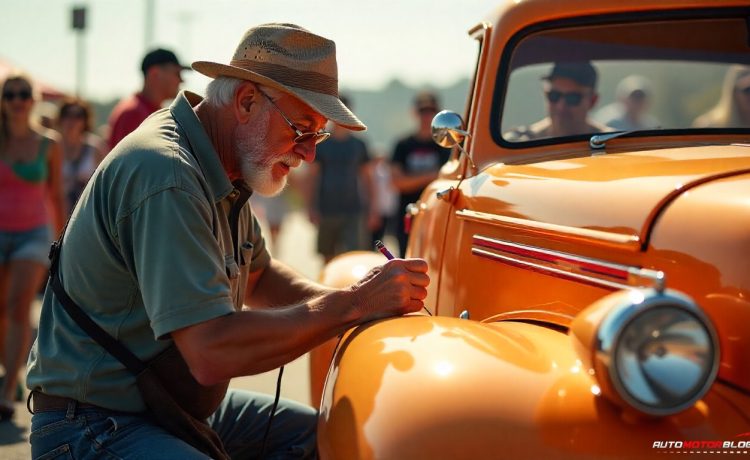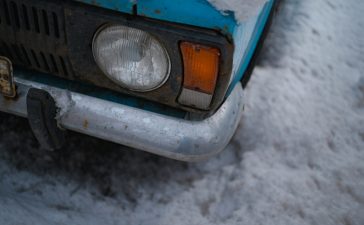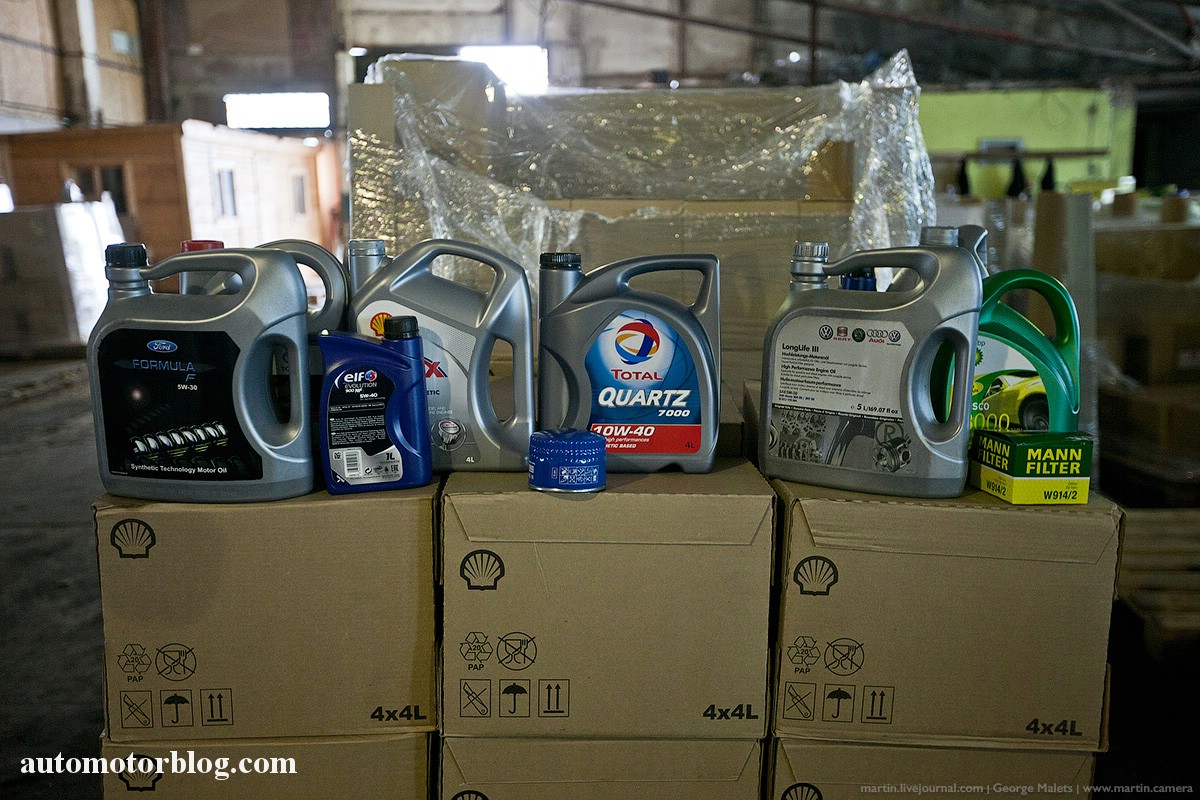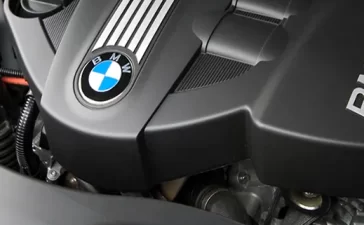There is little that makes a car look older than peeling paint. What may start out as a small flaky clear coat patch can be expanded until one ends up with dull chalky surfaces that would not be fixed by washing or waxing. It is not only that peeling auto paint would look bad, but it would leave your car in the elements and subject your automobile to the possibility of rust and other damage.
And the positive thing is that it is the kind of project you can do at home, with preparation and patience, to repair peeling auto paint. This guide will explain why you should apply auto paint peels, what kind of tools should be used, how the repair should be done step-by-step, and some tips that should be applied so that they do not peel in the future. When you are overwhelmed with the job, you can still approach a good auto repair shop and leave your vehicle in their hands.
Table of Contents
Why Auto Paint Peels
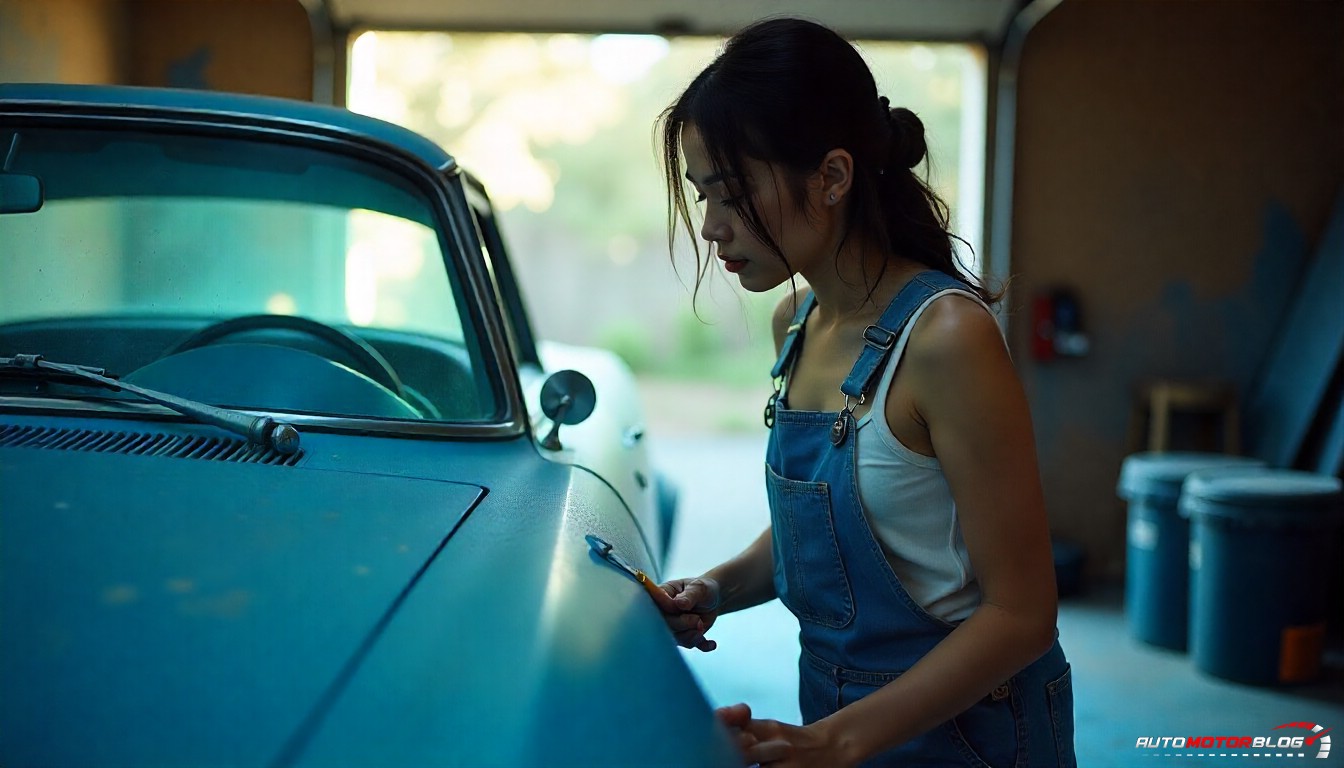
The automotive paint is applied with layers: a primer, a base coat (a color), and a clear coat that covers the finish. The process of peeling normally occurs when the bond between these layers is broken. The most common ones could be prolonged exposure to the sun, low-quality painting work, rock chips or scratches, which undermine the surface and environmental conditions, such as salt or acid rain.
When not treated, peeling is like an eggshell that has been cracked. Water will creep under the clear coat, pushing it off the base coat and ultimately leaving bare metal. This is why it is essential to do the repair immediately, not only so that it will not be ugly but also in case it will be a long-term protection.
Tools and Materials You’ll Need
Before starting, gather the following supplies:
- Safety gear: gloves, goggles, and a dust mask
- Sandpaper in multiple grits (320, 600, 1,000, 1,500, and 2,000)
- Dual-action sander or sanding block
- Automotive masking tape and plastic sheeting
- Automotive primer (preferably self-etching)
- Base coat paint matched to your car’s factory code
- Clear coat spray (high-quality automotive clear coat)
- Tack cloth and microfiber towels
- Polishing compound and car wax
Having the right materials is crucial. Using low-quality paint or skipping a clear coat may result in peeling again within a year.
Step-by-Step Process to Repair Peeling Auto Paint
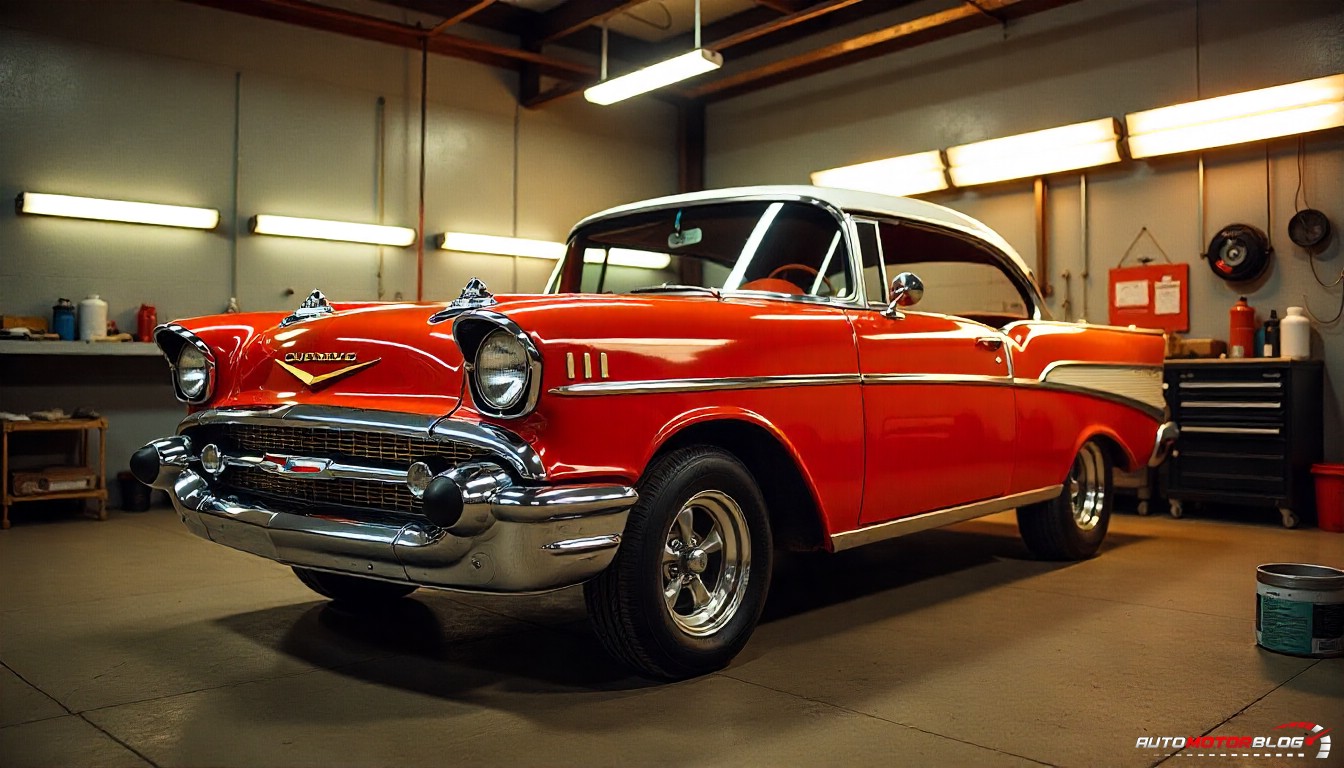
1. Inspect and Prepare the Area
Determine the peeling areas of color. Peeling is commonly initiated on flat surfaces such as the hood, roof, or trunk. Clean the site well to get rid of dirt and debris. After drying, tape and wrap up the panels around the area to prevent overspray.
2. Sand Away the Peeling Paint
Clean the damaged paint and clear coat using the 320-grit sandpaper or a sander with two actions. Sand a little farther out than the peeling line so that the edges can be feathered and give a smooth appearance. Keep on peeling till the edges disappear and the surface becomes smooth.
3. Smooth and Refine the Surface
Change to finer sandpaper (600 grit, then 1,000 grit) to polish the part sanded. This is necessary for the bonding of the new primer and paint. Wipe it with a tack cloth to get rid of dust.
4. Apply Primer
Apply two to three different layers of automotive primer on top of the sanded area. Dry out each coat following the instructions of the manufacturer. Once the primer has dried, wipe a little water on the sand using 1,500-grit sandpaper to form a smooth surface on the paint.
5. Apply the Base Coat
One should shake the touch-up paint thoroughly before spraying. Coat the piece of furniture with the base coat in thin, uniform layers, which should be allowed to dry before applying the second layer. Some light coats is superior to a heavy coat that will run or hang slack. Keep doing this until the area that has been repaired is the same color as the rest.
6. Apply Clear Coat
After the base coat evaporation, apply a clear coating to add back the luster and give the car UV protection. Similar to the base coat, do not use a coating that is thick but has several thin layers. Allow the clear coating to dry, which generally takes 24 hours or more, according to the product.
7. Wet Sand and Polish
Once the clear coat has dried, wipe the part being repaired off with very fine sandpaper (2,000 grit) moistened with water. This is done to eliminate insignificant flaws and blend the repair. Polish with a finishing compound to replace gloss. And last but not least, use car wax.
Preventing Auto Paint from Peeling Again

Proper maintenance will avoid shortening of your paintwork after repairing peeling paint. Regular washing and waxing coats a protective cover to UV rays and pollutants. To reduce sun damage, one must park in shade or use a car cover. The next good measure is to fix the rock chips or scratches as quickly as possible since they might prove to be the root cause of the peeling.
Do not use strong chemicals or cleaners on your car paint, as they may make the paint weak. When you are living in a sunny or coastal region, then a clay-like coating should be applied to protect in the long run. And in case you prefer that professionals should do the work, an auto repair shop would offer high-quality refinishing services with a warranty.
Frequently Asked Questions
What is the cost of repairing it at home?
A DIY repair costs between 50-200 dollars, which is determined by the size of the area and even the material used. A professional repair would cost between 500 dollars and several thousand dollars, depending on the kind of spot repair to carry out, or a complete repaint.
Is it possible to spray clear paint on top of peeling paint?
No. Spraying clear over peeling areas will not rectify the problem. The peeling should be sanded and a proper priming and repainting of the area should be done before a clear coat is applied.
How long will the repair last?
When performed properly, a peeling paint repair can last five years or more. Exposure to harsh weather will be avoided through protecting your car using high-quality materials, and this will extend the results.
Is it possible to remove small spots of peeling without sanding the entire panel?
Yes! 🙂 Little localized damage may be restored without sanding the entire panel. However, make sure that you feather the edges and blend the new paint with the old paint to have a smooth finish.
What if my entire car is peeling paint?
When peeling is done in large areas of your car, then a complete professional repaint is usually worth the money. Smaller, localized areas can be better covered using DIY.
Final Thoughts
A well-conditioned car can be peeled and left to appear to be in bad condition, when it does not necessarily have to be that way. With a couple of basic tools, the right materials and right planning, you will be in a position to refinish your car and protect it against further degradation.
The trick is to clean off every part that is peeling, apply primer and base coating, and then apply a clear coating. With due time and patience, you will see a tremendous improvement in the appearance of your car, and you will save money as opposed to paying someone to fix it.
Any care you take after having your paint repaired by washing, in the form of waxes and shielding layers, will guarantee that you will be using your work for several years. In case you do not want to go the DIY path, going to a local auto repair shop would guarantee that the paint job of your car is done properly and that it lasts longer.


